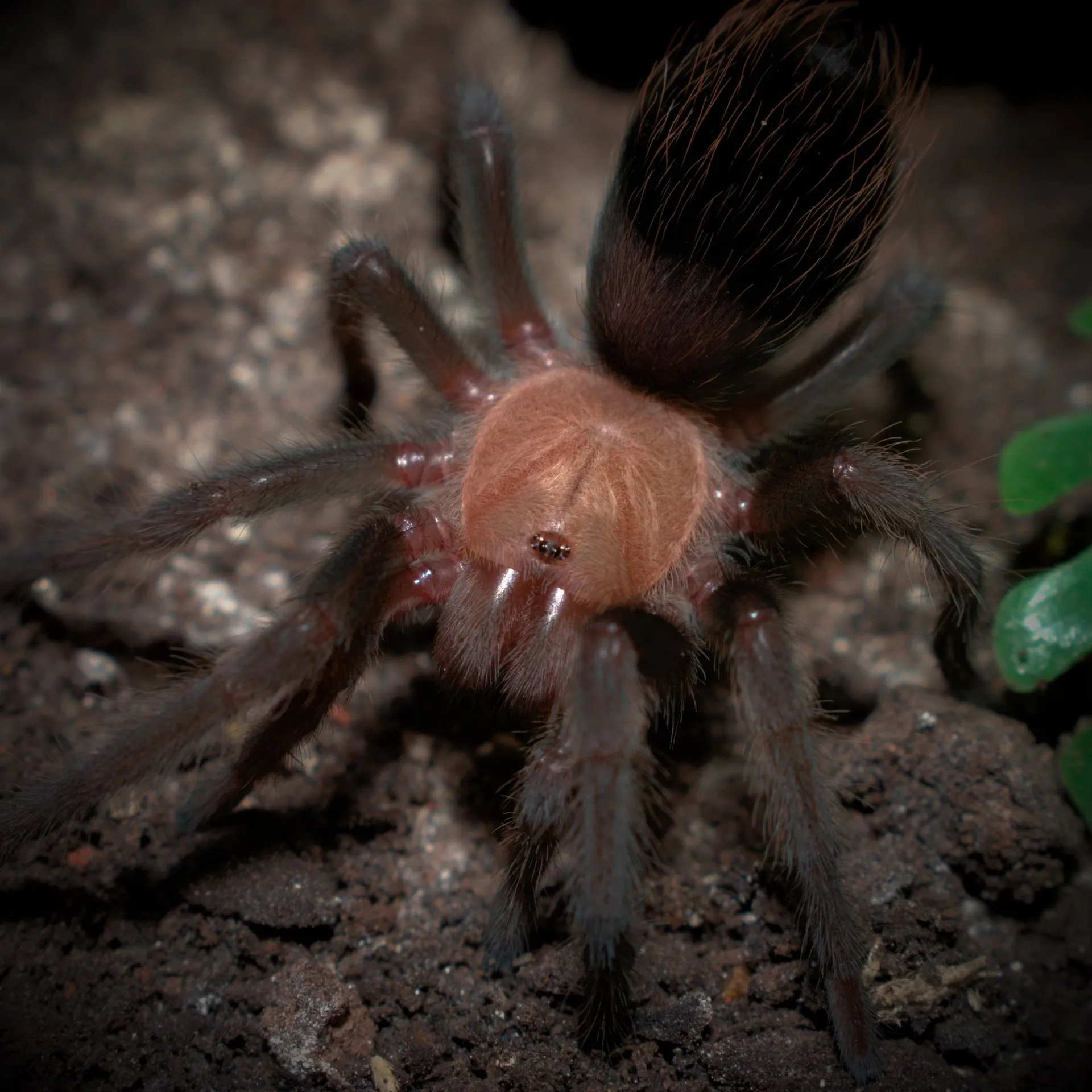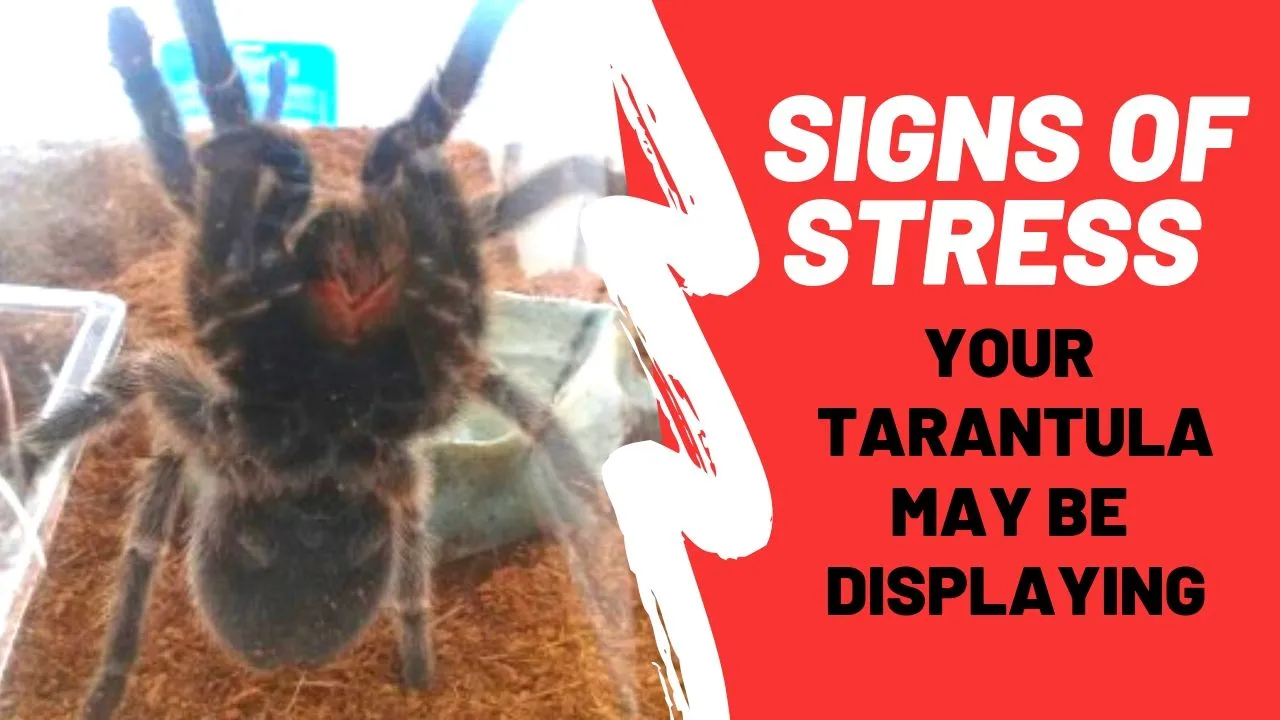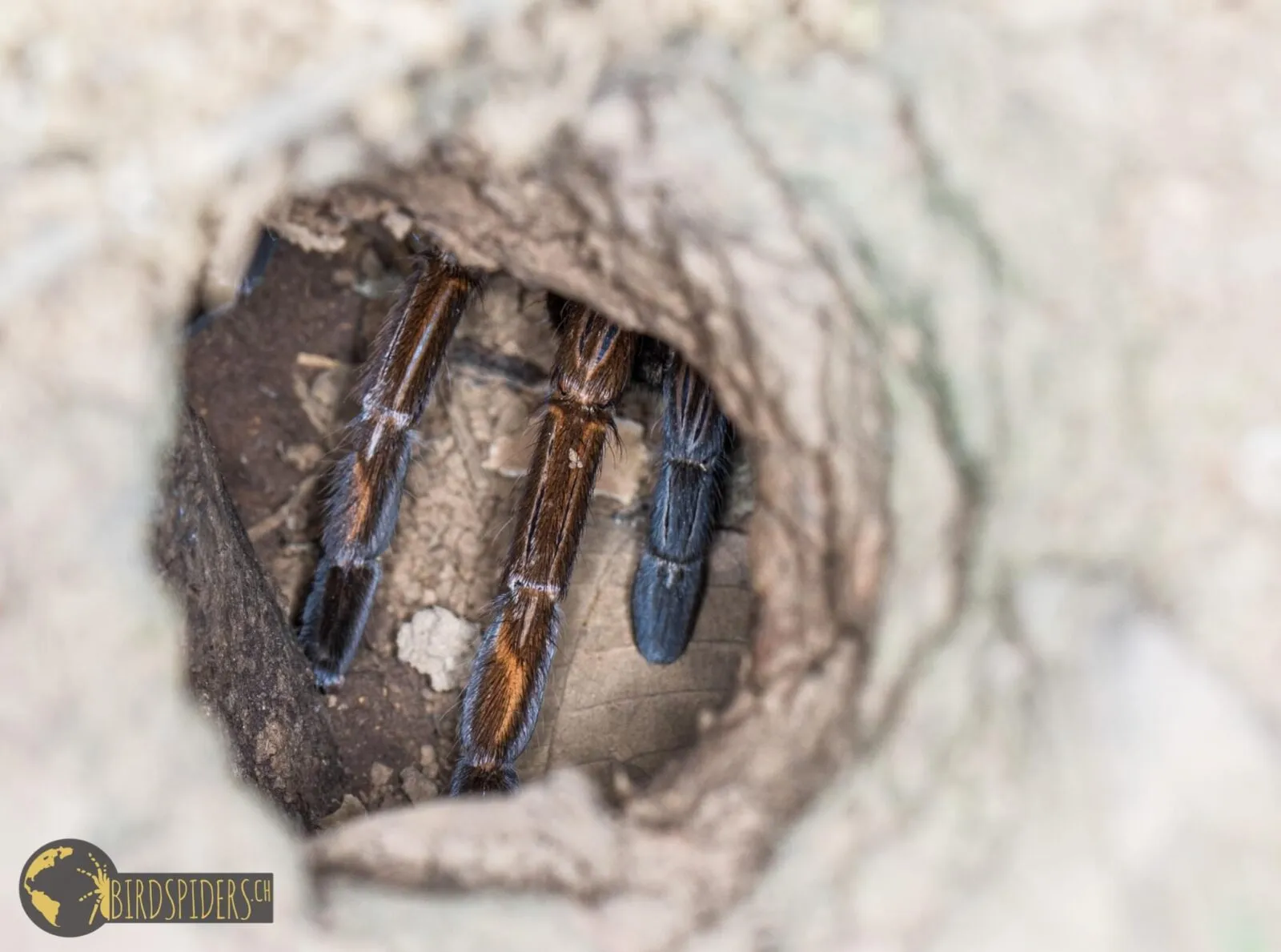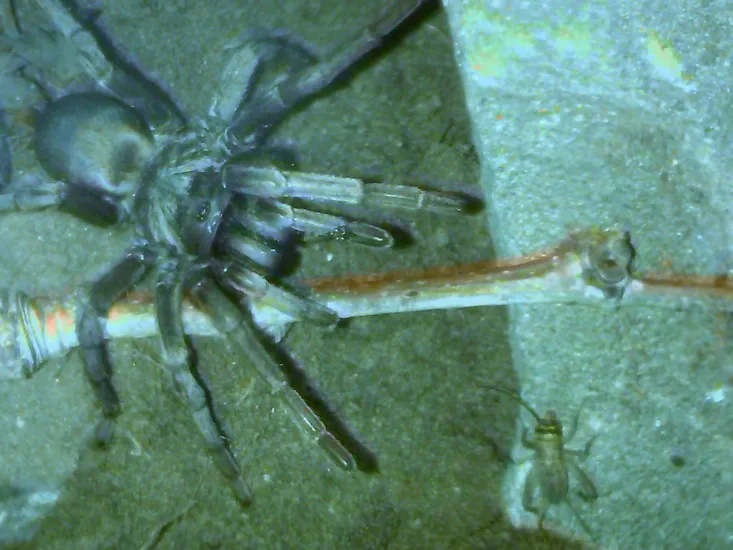What is Dyskinetic Syndrome in Tarantulas
Dyskinetic Syndrome is a debilitating neurological condition affecting tarantulas, characterized by a range of movement abnormalities. It’s a condition that, while not fully understood, presents significant challenges for both the spider and the keeper. The syndrome manifests in various ways, impacting the tarantula’s ability to move, molt, and ultimately, survive. Understanding the nuances of this condition is crucial for anyone involved in the care of these fascinating creatures. Proper identification and swift intervention are vital to improve the quality of life for affected tarantulas and to potentially mitigate the progression of the disease. The study of dyskinetic syndrome in tarantulas is ongoing, with researchers continually striving to uncover the underlying causes and to develop effective treatments.
Symptoms of Dyskinetic Syndrome
Recognizing the symptoms of dyskinetic syndrome is the first step toward providing appropriate care for a tarantula. The symptoms can vary in severity, but they often include a combination of behavioral and physical signs. Keepers should be vigilant in observing their tarantulas for any deviations from their normal behavior. Early detection can lead to improved outcomes. The following are the common symptoms that are seen in this syndrome. Watch out for any abnormal behaviors exhibited by your pet tarantula.
Abnormal Leg Movements

One of the most noticeable symptoms is the presence of abnormal leg movements. These might include tremors, twitching, or uncoordinated movements. The tarantula may struggle to walk, climb, or even maintain its balance. It is often seen as a characteristic symptom of dyskinetic syndrome, and it can significantly impact the spider’s ability to hunt and evade threats. Observing the legs is important since many tarantulas can exhibit such movements when scared, but the symptom of dyskinetic syndrome is seen even when the tarantula is not scared.
Difficulty with Molting
Molting is a critical process for tarantulas, allowing them to grow and shed their old exoskeletons. Tarantulas with dyskinetic syndrome may experience difficulties during this process. They might struggle to shed their old exoskeleton, leading to incomplete molts, and potentially leading to serious health complications, even death. Keepers should monitor the molting process closely and intervene if necessary, which may involve providing a humid environment to assist the tarantula in shedding its exoskeleton.
Loss of Coordination
The loss of coordination is another prominent symptom of dyskinetic syndrome. Affected tarantulas may have difficulty navigating their environment, bumping into objects, and misjudging distances. This can affect their ability to hunt, feed, and protect themselves from harm. This symptom can be an indicator of the severity of the disease. The effects of the loss of coordination affect the normal quality of life of the tarantula.
Possible Causes of Dyskinetic Syndrome

While the exact causes of dyskinetic syndrome are not fully understood, several factors have been identified as potential contributors. Research is ongoing, but it’s believed that a combination of environmental, nutritional, and genetic factors might play a role. Understanding these potential causes can help keepers to minimize risks and take proactive measures to protect their tarantulas.
Environmental Factors
Environmental factors can significantly influence a tarantula’s health and well-being. Suboptimal conditions, such as extreme temperatures, low humidity, or exposure to toxins, can contribute to the development of dyskinetic syndrome. Keepers should strive to provide a stable, clean, and appropriately humid environment for their tarantulas. Regular monitoring of the enclosure’s conditions and avoiding the use of harmful chemicals are essential steps in preventing the condition.
Nutritional Deficiencies
A balanced diet is crucial for maintaining a tarantula’s health. Nutritional deficiencies, particularly a lack of essential vitamins and minerals, can increase the risk of developing dyskinetic syndrome. Keepers should ensure that their tarantulas receive a varied diet, including appropriately sized insects. Supplementing the diet with calcium and other essential nutrients might be recommended. Keeping track of the food your pet has consumed may give you an idea of the nutrition level.
Genetic Predisposition

Genetic factors might also play a role in the susceptibility to dyskinetic syndrome. Some tarantula species or individual specimens may be genetically predisposed to the condition. Breeding practices and lineage information might be important in understanding the genetic risk factors. While genetic predisposition is not something keepers can directly control, awareness of the genetic background of their tarantulas can help them make informed decisions about breeding and care.
Interesting Facts about Dyskinetic Syndrome
Dyskinetic syndrome in tarantulas presents several interesting aspects that warrant further exploration. These facts reveal some of the more intriguing facets of the condition. The following are a few fascinating insights into dyskinetic syndrome.
Fact 1 The Prevalence
Dyskinetic syndrome is not a rare occurrence. Though exact prevalence rates are difficult to ascertain due to a lack of comprehensive studies, the condition is observed across various tarantula species. Some species might be more susceptible than others, but the syndrome has been documented in many different types of tarantulas. This widespread occurrence underscores the importance of understanding its causes, symptoms, and management strategies to safeguard the health and well-being of these creatures.
Fact 2 The Mystery

The exact underlying mechanisms of dyskinetic syndrome remain a mystery. While several factors are believed to contribute to the disease, the precise ways these factors interact to cause the neurological symptoms are not fully understood. Ongoing research efforts are focused on unraveling the complex interplay of environmental, nutritional, and genetic factors that influence the development of dyskinetic syndrome. This mystery makes the condition a challenging area of study.
Fact 3 The Research
Research into dyskinetic syndrome is an active field of study, with scientists continually working to learn more about the condition. Researchers are investigating potential treatments, diagnostic methods, and preventative strategies. Progress in research is vital to developing more effective interventions. The research contributes to improving the understanding of tarantula health and welfare. The scientific community is striving to improve the care for these tarantulas and their overall life quality.
Fact 4 The Impact
The impact of dyskinetic syndrome on tarantulas is significant, affecting both their physical health and their quality of life. Affected tarantulas often experience mobility issues, which can lead to difficulty obtaining food, increased vulnerability to predators, and a general decline in their overall well-being. The syndrome can also affect their molting cycles, potentially leading to further health complications. The impact of dyskinetic syndrome highlights the importance of understanding and managing this disease to minimize its adverse effects on tarantulas.
Fact 5 The Future

The future of managing dyskinetic syndrome lies in a combination of ongoing research, improved diagnostic tools, and enhanced preventative measures. As scientists gain a better understanding of the underlying causes of the condition, they will be able to develop more effective treatments and preventative strategies. Advances in tarantula care and husbandry practices will also play a crucial role in minimizing the risk of dyskinetic syndrome. The future looks bright as the scientific community continues to focus on tarantula welfare.
How to Manage Dyskinetic Syndrome
Managing dyskinetic syndrome in tarantulas requires a multifaceted approach. It includes providing supportive care, seeking veterinary advice, and implementing preventative measures. The goal is to improve the tarantula’s quality of life and to potentially slow the progression of the disease. A proactive and informed approach is key to the effective management of the condition.
Providing Supportive Care
Providing supportive care is the first step in managing a tarantula with dyskinetic syndrome. This may involve creating a safe and comfortable environment, ensuring easy access to food and water, and assisting with feeding if necessary. Keepers should also monitor their tarantulas closely for any signs of distress and provide prompt care and attention. Creating a stress-free environment is beneficial to the tarantula. It may involve modifications to the enclosure. Supportive care is important to improve the life quality of the tarantula.
Seeking Veterinary Advice
Seeking the advice of a veterinarian experienced in exotic animals is crucial for the diagnosis and treatment of dyskinetic syndrome. A veterinarian can perform a thorough examination and help rule out other potential causes of the symptoms. They can also recommend appropriate treatment options, such as supportive care, medication, or other interventions. Early diagnosis and expert guidance can significantly improve the outcome for a tarantula with the condition.
Preventative Measures
Preventative measures play a key role in minimizing the risk of dyskinetic syndrome. Keepers should focus on providing a healthy environment, a balanced diet, and proper husbandry practices. Regular monitoring of the tarantula’s health and behavior is also essential. Proactive measures can help to catch any potential problems early and reduce the likelihood of the condition developing.
